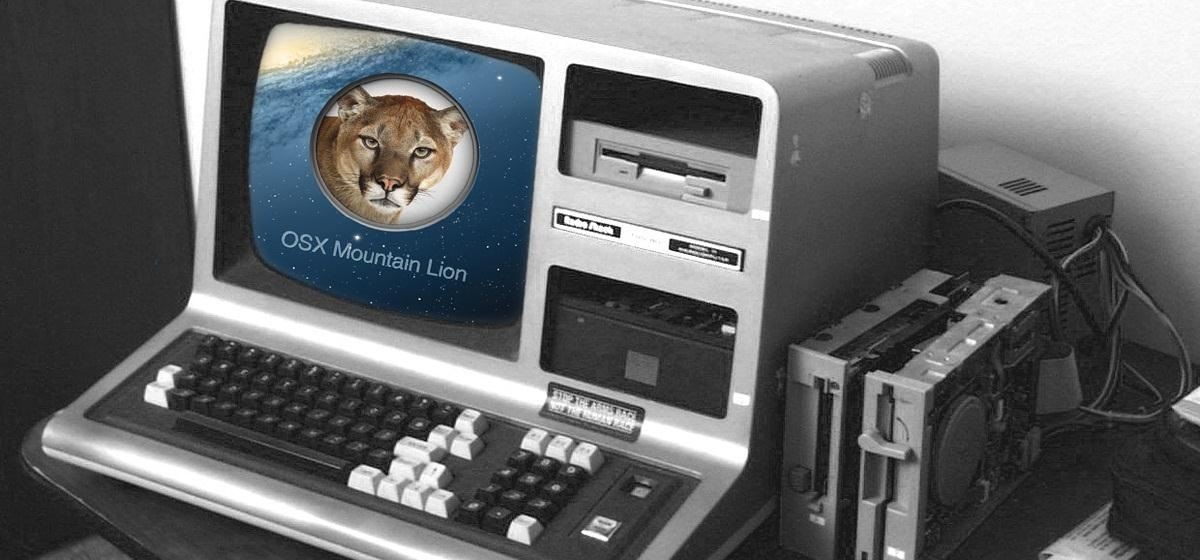


Make sure to have a backup of the contents of the PenDrive as we would be formatting it later on. A USB storage (like PenDrive) having at least 16GB of free storage space to carry out the setup process.Whatever you choose, just make sure to backup all the files, as we would be formatting this partition later on. Or a much safer approach will be to install macOS on an external hard disk. So it’s better to create a separate partition to install this. Moreover, this space should be allocated to a partition that has not been dealt with any of the Windows files. If you wish to install more apps, you would be requiring additional storage space. This partition is required just for the OS to set up, with some bare necessity apps. At least 50 GB or more of free storage space.A Windows PC with a 64-bit Intel processor.This is for creating the macOS installer which is available on the Mac App Store. You will need to have access to a Mac, and it should support High Sierra.If your PC doesn’t support these requirements, chances are you won’t be able to run macOS on your desktop. But before beginning with the instructions, it is recommended to go through the below requirements. In this guide, we will be enlisting the steps to run macOS on your Windows desktop. So without further ado, let’s begin with the guide. Hence, having a complete backup is always recommended.

Moreover, it is always better to be on a safer side. Although these Emulators or Virtual Machines don’t necessarily cause any data loss, yet we will be required to format one or two partitions along the way, especially while installing macOS on Windows PC. But before beginning with the guide, just make sure to have a backup of all the entire files on your PC.


 0 kommentar(er)
0 kommentar(er)
